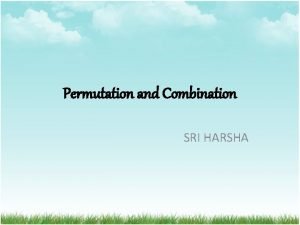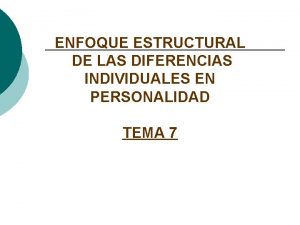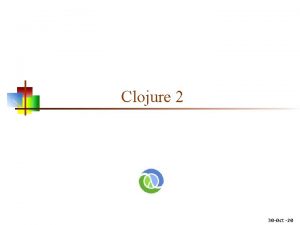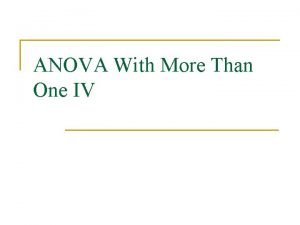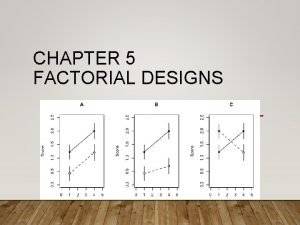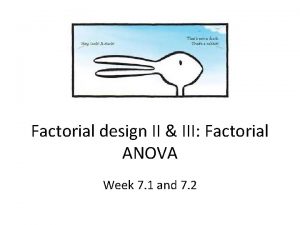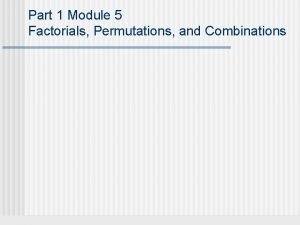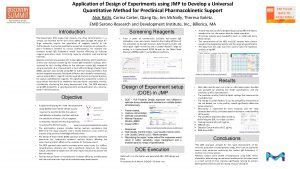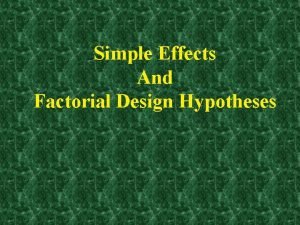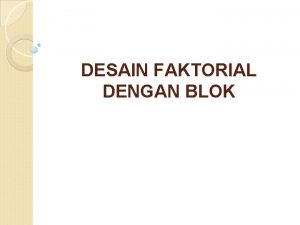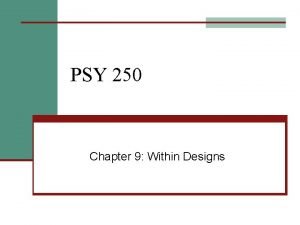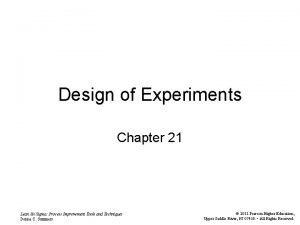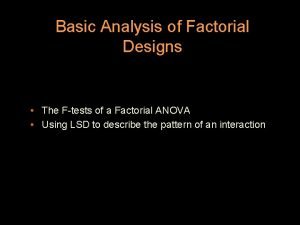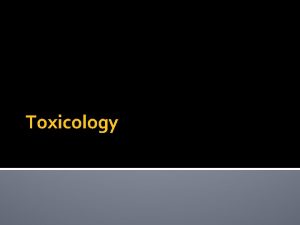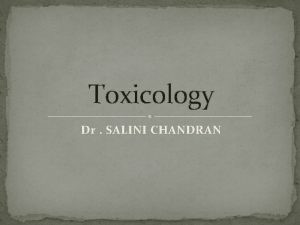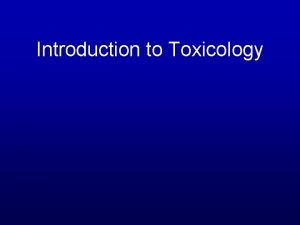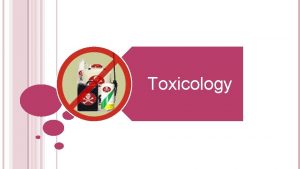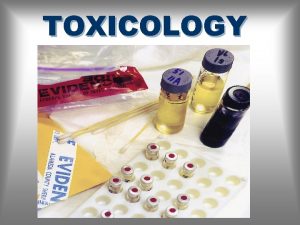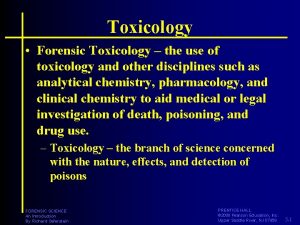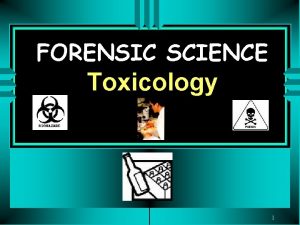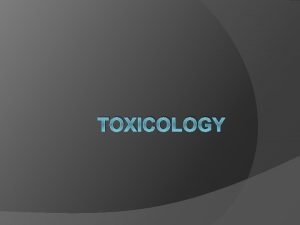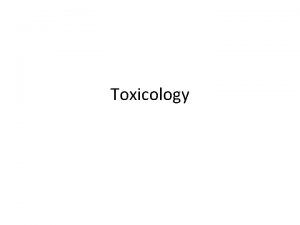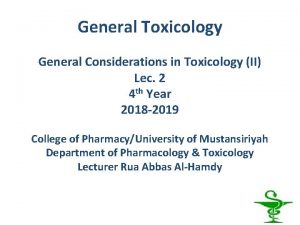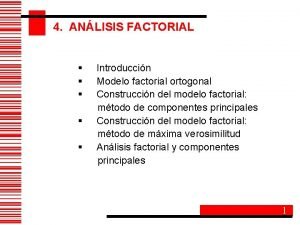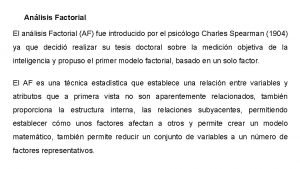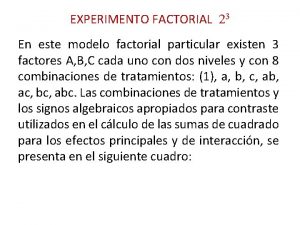General Toxicology Classes of Toxicology Factorial Toxicology Clinical


























- Slides: 26

General Toxicology

Classes of Toxicology • Factorial Toxicology • Clinical Toxicology • Environmental Toxicology: • • • *pollution *industrial Forensic Toxicology Social Toxicology : drug dependence Reproductive Toxicology Genetic Toxicology : mutagenicity Military Toxicology : warfare agents

Classification of toxic agents • By pattern : • intentional: suicidal, homicidal • unintentional • • Action : local ---- remote --- both Source : plant --- animal --- food Character : metal - gas - organic- vapour - fluid Duration of exposure : acute --- chronic Onset : immediate ---- delayed Uses: pesticide--- pharmaco---food additive Target organ : renal---hepatic…. cardiac…. .

What is a poison? Is a substance which when introduced into the living body, will produce some form of ill health or even death.

Major pathophysiologic Mechanism : • Interfere with transport or tissue utilization of O 2 : as CO, cyanide • CNS stimulation: Convulsions as cocaine • CNS depression : coma as sed. hypn • Autonomic NS : 1. anticholin : atropine 2. cholinergic : organoph • Affect lungs : aspiration: hydrocarbon systemic : paraquate • Local damage: corrosives • Affect heart & Circulation: arrhythmic hypertensive hypotensive • Delayed effect : metals : kidney

Factors affecting severity of poisoning 1. Factors related to the host : • Age : 2 peak age groups: Preschool & toddlers : exploring the environment Young adult : suicidal behaviour ? Old age : forget doses , changes in metabolism rate & excretion • Sex : occupational • Health : nutrition , disease • Genetic factors : individual variation: Idiosyncrasy • State of stomach : empty or full , type of food, disease

II. Factors related to the Poison 1. Amount : dose • Dose : The amount of chemical entering the body. This is usually given as mg of chemical/kg of body weight = mg/kg. • Paracelsus, a Swiss physician ( 1493 -1541), proposed dose-toxicity relationship “all substances are poisons; there is none which is not a poison. The right dose differentiates a poison and remedy” • LD 50 : If Mortality is the response, the dose that is lethal to 50% of the population is LD 50 , can be generated from the curve.

2. Route and Site of Exposure : In the following order : • • Intravenous Inhalation Intraperitoneal Subcutaneous Intramuscular Oral Dermal 3. State : gas , liquid , solid.

4. Duration Exposure and Frequency of • Acute: Defined as exposure to a chemical for less than 24 hr • Subacute: Usually refers to repeated exposure to a chemical for 24 hrs up to 1 month • Subchronic: 1 to 3 months • Chronic: More than 3 months

• Allergic Reactions: Chemical allergy is an immunologically mediated adverse reaction to a chemical. Results from previous sensitization to the chemical or to a structurally similar one. • Idiosyncratic Reactions : Genetically determined abnormal reactivity to a chemical.

Drug interaction • Additive: When the combined effect of the two chemicals is equal to the sum of the effects of each agent given alone. (2+2=4) • Synergistic: When the combined effect of the two chemicals is greater than the sum of the effects of each agent given alone (2+2=10) • Potentiation: Occurs when one substance has no toxic effect but when added to another chemical makes that one much more toxic (0+2=10). • Antagonism: Occurs when two chemicals administered together interfere with each other’s action or one interferes with the action of the other (2+2=1; 4+0=2)

Tolerance: . It means tendency to increase the dose of certain drug or substance to get the same original effect. So persons addicted to drug like morphine, alcohol and cocaine can stand big dose without serious effects due to tolerance of the tissues.

GENERAL MANAGEMENT You have to suspect poisoning if: • A comatose patient in whom the etiology is unknown. • Arrhythmias of unknown etiology. • Patients with metabolic acidosis of unknown etiology. • A trauma victim especially if young. • Bizarre symptoms. • Psychiatric patient

History and circumstantial evidences: • Sudden appearance of symptoms in a person or number of persons (previously in good health) after taking certain food or drink or exposed to gas are suggestive of food poisoning and carbon monoxide poisoning. • History of recent purchase of poison (rat poison) or a drug. • History of failure in examination, in love or marital disharmony, financial or family troubles. . . etc may point to attempted suicide by self poisoning. • Fumigation ﺗﺒﺨﻴﺮ of ships from rats, suggest hydrogen cyanide poisoning.

GENERAL MANAGEMENT 1. Diagnosis A. History: (Should be brief, focused. and complete. ) The standard questions are : who , what , when , where , why , how & how much? . a. known poisons: ce (s)including ingredients estimate amount psed time, early symptoms home treatment b. unknown poison: Multiorgan system dysfunction Past psychiatric history Past overdoses History of depression History of drug abuse Family : Medicines at home


B. Physical Examination 1. State of consciouness 2. Pupils 3. Odours: (alcohol, kerosene, cyanide (bitter almond), organo-phosphorus insecticides (garlic) 4. Four vital signs (Respiratory Rate, Heart Rate, Blood Pressure and. Temperature )


5. Abdominal findings: Peristaltic activity is affected by drugs and toxins • Nausea, vomiting, abdominal colic and diarrhea are the most common symptoms especially with insecticides and metallic poisons (except lead) where the characters of the vomitus or the diarrhea are diagnostic of each. • Ileus: Anticholinergic 6. Skin findings: Sweating Flushed skin: e. g. CO, boric acid, corrosives, anticholinergics Pale skin: + diaphoresis: sympathomimetics. Ergot, amphetamines may cause severe arterial vasospasm Cyanosis: may indicates - hypoxia - methaemoglobinaemia - sulf haemoglobinaemia Needle marks with sclerosed veins: in I. V. drug abusers.

Toxidromes " A pattern of signs or symptoms that suggests a specific class of poisoning "

I. Anticholinergic toxidrome Characterictics -altered mental status (hallucinations, agitation, coma) -large pupils - tachycardia, high temperature --dry flushed skin -decreased bowel sounds -urinary retention Common Causes -Anticholinergic plants (e. g. , Jimson weed, Atropa beladona)-Atropine -Antihistamines (Benadryl- Diphenhydramine, Gravol - Dimenhydrinate) -cyclic Antidepressants -Antiparkinsonian agents -Antiemetics -Antispasmodics -Antipsychotics -Antipruritics •

II. Sedative hypnotic toxidrome Characterictics -depressed mental status -relatively small pupils -vital signs usually normal • -significant respiratory depression is rare with pure benzodiazepine overdose • -hypotension in large ingestions Common Causes -overdose of benzodiazepines -some sedative hypnotics

III. Cholinergic toxidrome Characterictics -lacrimation, salivation -bradycardia -respiratory secretions -hypoxia -diaphoresis -increased bowel sounds -vomiting -diarrhea and urinary incontinence -fasciculations may occur and muscle weakness can result in respiratory failure Common Causes organophosphate and carbamate insecticides

IV. Sympathomimetic toxidrome Characterictics -agitated delirium is common -large pupils -elevated vital signs • -tachycardia • -hypertension • -hyperthermia • -diaphoresis (unless severely dehydrated) -bowel sounds present *Note: This toxidrome is usually differentiated from the anticholinergic toxidrome by the presence of marked diaphoresis (instead of dry skin). Also bowel sounds are not decreased + pallor. Common Causes -overdose of cocaine or amphetamine -alcohol or sedative hypnotic withdrawal results in similar findings.

V-Serotonin syndrome Characterictics -confusion -hypomania -restlessness -myoclonus -hyperreflexia -hyperthermia -diaphoresis -shivering -tremor -rigidity -incoordination ANA (Altered mental status, Neuro-muscular abnormalities, Autonomic effects) Common Causes Serotonin Reuptake Inhibitors (SSRIs), Meperidin (Demerol), Fluexitin (Prozac), or other serotonin-enhancing drug ----- especially when a patient taking an MAO inhibitors with SSRI.

 Exercicios classe e subclasse das palavras
Exercicios classe e subclasse das palavras Pre ap classes vs regular classes
Pre ap classes vs regular classes Stephen schafer victim typology
Stephen schafer victim typology 7 factorial
7 factorial Factorial shortcut
Factorial shortcut 14factorial
14factorial 22 factorial
22 factorial Definition of factorial
Definition of factorial 3 way factorial design
3 way factorial design Modelo factorial lexico
Modelo factorial lexico Clojure factorial
Clojure factorial 2x2 factorial design
2x2 factorial design Design treatment
Design treatment Factorial example
Factorial example In order to understand recursion
In order to understand recursion 1000 factorial
1000 factorial 5 factorial
5 factorial Formula for permutation and combination
Formula for permutation and combination Factorial anova
Factorial anova Factorial research design in psychology
Factorial research design in psychology Permutation and factorial
Permutation and factorial Doe in jmp
Doe in jmp Simple effect in factorial design
Simple effect in factorial design Factorial randomized block design
Factorial randomized block design Within subjects vs between subjects
Within subjects vs between subjects Full factorial design
Full factorial design Factorial rh
Factorial rh




